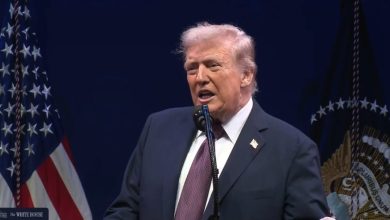Kalamazoo Islamic Center Expands to Serve Growing Muslim Community
How the Kalamazoo Islamic Center is meeting the needs of a diverse and growing Muslim population through worship, education, and community outreach.

The Kalamazoo Islamic Center (KIC) has long been a cornerstone of Muslim life in southwest Michigan. As the Muslim population in Kalamazoo continues to grow—fueled by Arab, African, South Asian, and American Muslim families—the center has expanded to meet new spiritual, educational, and cultural needs.
The expansion includes larger prayer spaces to accommodate Friday prayers and Eid gatherings, classrooms for weekend Islamic school programs, and community halls for lectures, youth activities, and social events. By creating these facilities, the KIC is not only a place of worship but also a vital hub for community development.
Education remains one of the center’s primary missions. From Qur’an classes to youth mentorship programs, the KIC provides resources to help younger generations stay connected to their faith while succeeding academically in Kalamazoo’s schools and universities.

The Islamic Center also plays a leading role in interfaith dialogue and charitable outreach. Partnerships with local churches, synagogues, and civic groups highlight its commitment to building bridges across faiths while contributing to Kalamazoo’s cultural diversity.
As Kalamazoo welcomes more Muslim families, the expansion of the Islamic Center ensures that faith, tradition, and community continue to thrive, strengthening the city’s social fabric for generations to come.



